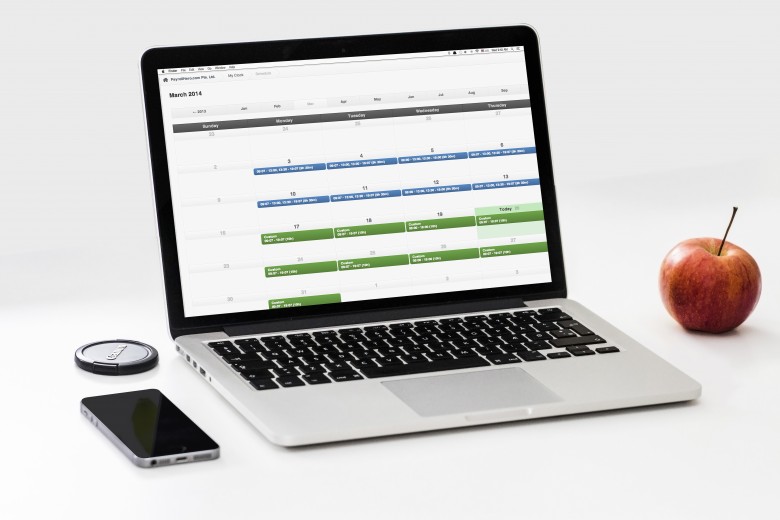There are many different reasons a business might consider payroll software. You may be a growing company where manual processing is no longer efficient and practical. Perhaps you have outgrown an existing system. Or you’re simply on the lookout for ways to improve payroll in your organization.
In any case, it is very likely that the goals for each scenario are similar, being any (or a combination) of the following:
- get accurate and timely payroll computations
- process payroll faster and more efficiently
- save operating cost
- consolidate other payroll-related processes (e.g. managing employee leaves/absences, produce government-mandated reports,etc.)
However, choosing what solution best fits your needs is not always that easy and simple given the different options out there.
Below are 4 factors to guide you as you narrow down your search.
What are your primary business goals?
It is very tempting to start with a wishlist of features when looking for the right vendor. However, doing so often leads into an impossibly long list, making your search more taxing than productive.
Instead, start by checking your company-wide goals, determining which ones are priority for you, and working your way backwards to the features that will enable you to achieve your envisioned benefits.
Are you looking at empowering an increasingly mobile workforce? Then perhaps a solution that includes or integrates with a mobile application for timekeeping is ideal for you. What about designing a work schedule that enables employees to work at peak performance? In which case, you may want to look into software that provides insightful data analytics. How about offloading administrative work from your HR? Enabling a self-service portal where employees can check their payslips and request for leaves may be a feature to look out for.
Focus on identifying a few, but carefully chosen requirements. This will make your search more efficient and fulfilling.
How ready is the solution for your future requirements?
Consider flexible software that captures your current needs, and one that can also evolve/scale with you as you grow your business.
A good rule of thumb is to think about using the payroll software for a minimum of 4-5 years, and envision what payroll software strategy will best cover your business journey during this period and possibly beyond.

Software-as-a-Service (SaaS) solutions usually shine here. Updates are continuous and can be implemented right away. And because SaaS solutions are paid on a fixed subscription fee usually per user per month/year, these updates come with the service free of charge. These solutions are typically accessed via a web browser or application, so there is also less to worry about when upgrading and adding hardware at the office given that no software installation is necessary.
What is the total cost of ownership (TCO) for the solution?
There is more to think about than just license and implementation fees when matching a solution with your budget.
According to a PricewaterhouseCoopers study in 2011, The Hidden Reality of Payroll and Administration Costs, the following all factor into computing your total payroll system cost:
- System installation (one-time cost related to acquisition of the software);
- System upgrade (periodic costs related to upgrading to the latest version);
- Direct labor costs (cost of labor, including salary and benefits, for staff necessary to support the system);
- Direct non-labor costs (including consultants, vendor fees and facilities, and related corporate overheads);
- Outsourcing costs (costs deriving from any outsourced payroll services);
- System maintenance costs (costs related to maintaining the system; e.g. IT for on-premise implementations);
- Indirect labor costs (labor costs for employees that support the payroll function; distributing paychecks, answering employee questions about benefits, etc.)
Understanding the above will give you a more comprehensive view of the resources you will need—and save!—for transitioning to a software solution.
This will help you decide not to choose a system that’s well within your budget but will actually cost you more in the long term. Conversely, you may have to initially spend above budget for the right solution if it promises to reallocate a significant portion of your time and resources to more business rewarding activities.
How available is product support?
Your payroll software is critical to your business so it is important to keep in mind what level of support will be available to you when you experience issues or need any help.
Will you need phone support, email support, on-site support, or all of the above? Will you require support only within business hours, or even during off hours and weekends?
It is ideal for you to choose a vendor that also provides local support. It will greatly benefit you to be able to coordinate with a team that understands local tax rules, policies, and the general landscape your business operates in.
Finally, take note that support can also come in the form of training and refresher courses for your staff who will be using the software. A team that is dedicated to your success will help you fully maximize your investment.
Choosing the right payroll solution is critical for your business. The key is to be strategic with your selection process, starting with a review of your business goals to balance cost with functional fit.
